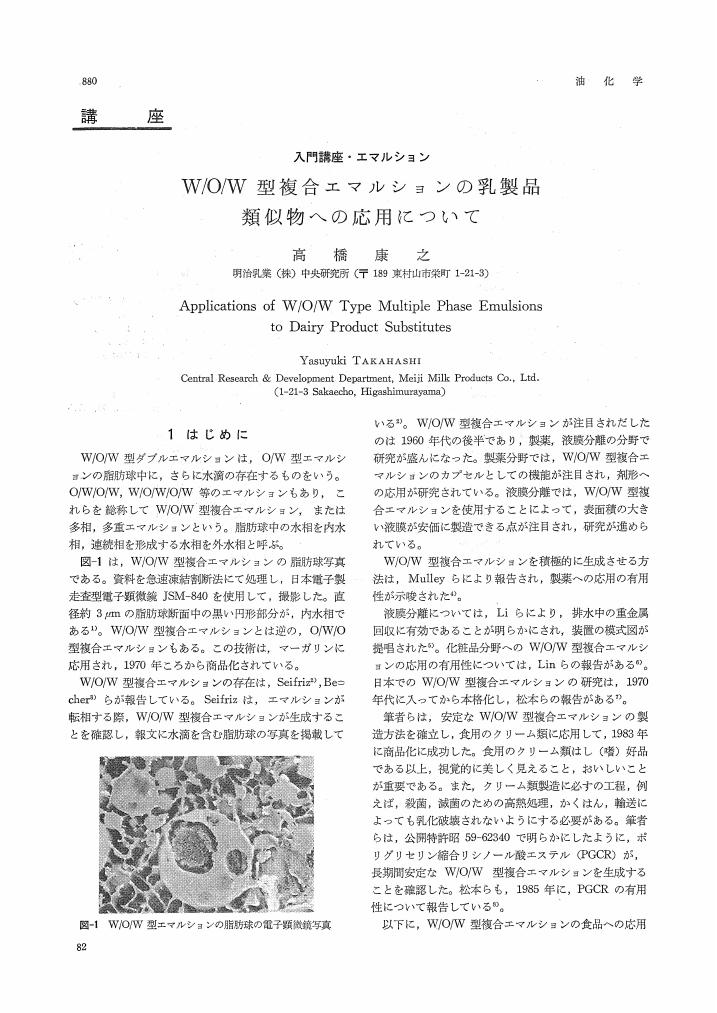1 0 0 0 OA 保湿化粧品とその作用
- 著者
- 高橋 康之
- 出版者
- 日本香粧品学会
- 雑誌
- 日本香粧品学会誌 (ISSN:18802532)
- 巻号頁・発行日
- vol.42, no.4, pp.280-287, 2018-12-31 (Released:2019-12-31)
- 参考文献数
- 57
The stratum corneum (SC) is the outermost layer of the skin and plays important roles in sustaining physiological activities. One of the roles of the SC is in the maintenance of skin moisture. The decrease in water content in the SC, which is a condition called dry skin, leads to a mildly rough skin and desquamation. Natural moisturizing factor (NMF) and intercellular lipids are essential for skin moisturization. NMF, which is composed of amino acids, pyrrolidone carboxylic acid, lactic acid, urea, and mineral ions, can hold water molecules in the SC. Intercellular lipids consisting of ceramides, cholesterol, cholesterol esters, and free fatty acids can prevent the evaporation of water molecules from the body, which is a barrier function. Moisturizers are broadly categorized into two types, humectants and emollients. Humectants such as amino acids, polyols, hyaluronan, and its derivatives moisturize the SC similarly to NMF. Emollients such as ceramides and oils are effective for improving the barrier function. Moisturizing products contain these moisturizers in various formulations. The moisturizing effect of products differs depending on the type of formulation. An adequate amount of a moisturizer in a product is important for providing both the moisturizing effect and the good texture of use, which affects continued use, because a large moisturizer amount impairs the texture of use.
1 0 0 0 OA W/O/W型複合エマルションの乳製品類似物への応用について
- 著者
- 高橋 康之
- 出版者
- Japan Oil Chemists' Society
- 雑誌
- 油化学 (ISSN:18842003)
- 巻号頁・発行日
- vol.35, no.10, pp.880-888, 1986-10-20 (Released:2009-11-10)
- 参考文献数
- 37
- 被引用文献数
- 5 5
- 著者
- 平田 浩一 斎藤 勇一 千葉 敦也 山田 圭介 鳴海 一雅 高橋 康之
- 出版者
- 一般社団法人 日本物理学会
- 雑誌
- 日本物理学会講演概要集 64.2.2 (ISSN:21890803)
- 巻号頁・発行日
- pp.51, 2009-08-18 (Released:2018-02-15)

